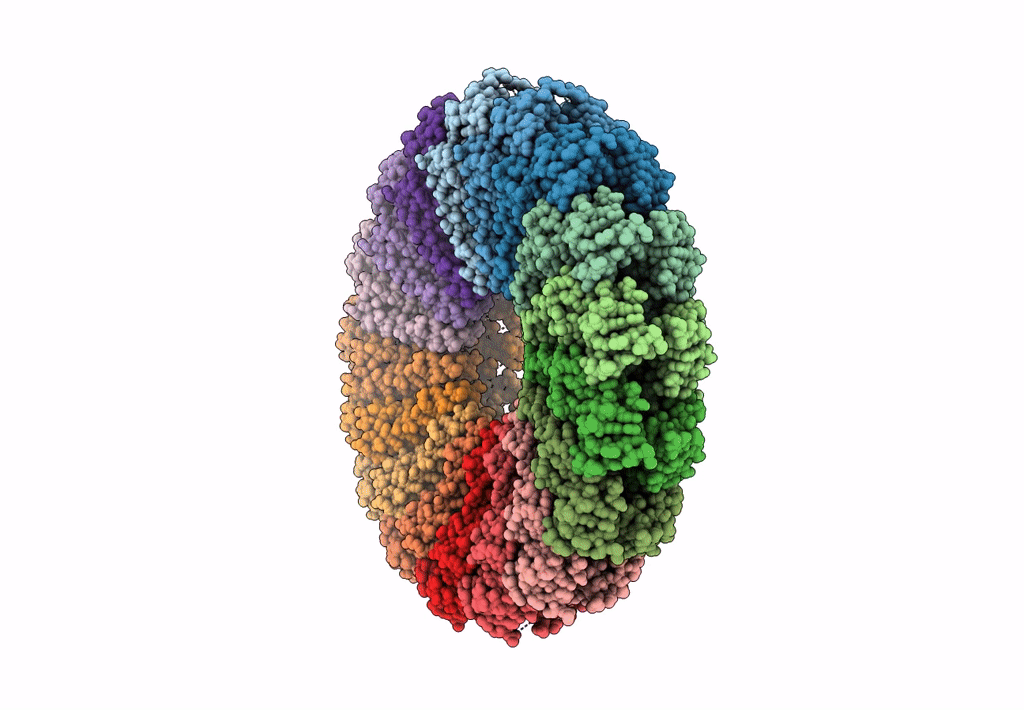
Deposition Date
2022-08-29
Release Date
2023-03-01
Last Version Date
2024-05-01
Entry Detail
PDB ID:
8EAW
Keywords:
Title:
An asymmetric disk assembly formed by tandem dimers of the tobacco mosaic viral capsid protein (TMV)
Biological Source:
Source Organism:
Tobacco mosaic virus (vulgare) (Taxon ID: 12243)
Host Organism:
Method Details:
Experimental Method:
Resolution:
2.80 Å
R-Value Free:
0.23
R-Value Work:
0.19
R-Value Observed:
0.19
Space Group:
C 2 2 21


